How One Shot Can Change Television: A Look at HBO’s True Detective
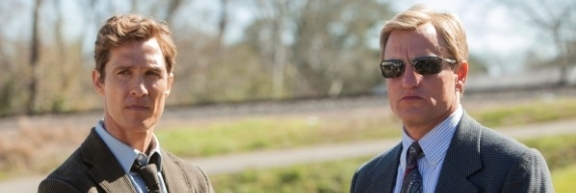
HBO is responsible for some of the greatest television programs of the past couple decades. With The Sopranos and The Wire standing out among others, the network has clearly established itself as a heavyweight and continues to show off it’s powerhouse status. There has been much written on it’s newest venture into drams with the star-studded crime drama True Detective, in which Matthew McConaughey’s Rust Cohle defies the laws of mustaches while downing beers and Woody Harrelson’s Martin Hart figures out ways to screw up his family life.
The way the series is put together is a somewhat new, as the formula is one that follows American Horror Story in the anthology style. That is, the 8 episodes for this particular season will tell a full story, and then the next season will be a completely separate story with completely different characters.
This strategy allows the show to obtain bigger stars than what one would normally see land on the television platform (heck, it doesn’t get much bigger than McConaughey at this point of his career), due to a limited commitment.
While this is a bold experiment for American Television, the anthology approach isn’t necessarily why this program is changing the perception of television. As noted, American Horror Story has already taken the approach, so the fact that the audience will get an entire story told to them throughout the first season of True Detective isn’t really the special thing about the show.
Television in general has slowly been becoming accepted as an art form comparable to films and has been working towards becoming a more respectable medium and has taken some big steps. One could probably start with HBO’s Oz as a jumping off point if one were to look into what has been considered the “Golden Age” of television to many. In television critic Andy Sepinwall’s book The Revolution was Televised, he highlights many of the shows that have strived for higher quality (The Shield, Lost, Breaking Bad among others) and a balance between stand-alone episodes and serialization.
True Detective is the show that has the potential to finally push television over the edge to finally be accepted as an equal to film (and possibly superior if the film industry continues to move in it’s current direction). In regards to the form of the content being presented, American television has not had a program with such fluidity and onscreen presence as creator Nic Pizzolatto has provided his audience.
The moment that changed everything with this particular program was the closing 6-minute tracking shot from the 4th episode of the season, in which Rust Cohle escaped a dangerous situation involving the robbery of a stash house. This scene was unlike anything this writer has ever seen on television, and scenes of this quality aren’t abundant in the cinema either.
Before getting into this scene some background may be necessary. Detective Rust Cohle is trying to locate a meth dealer by infiltrating the gang for which he is the sole supplier. In order to gain the gang’s trust, Rust goes undercover and agrees to aide some men in an attempt to rob a stash house. The following is how the events go down (In order to not repeat myself so much, keep in mind there is not one cut throughout this sequence):
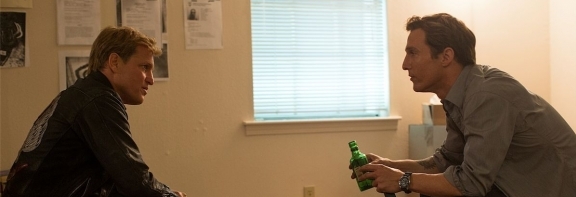
Detective Cohle grabs a guard of the stash house from behind and proceeds to hold a gun to the enemy’s head. Rust Forcibly drags the guard to the door as the camera pans around to reveal the other robbery participants approaching the door. The camera moves back to focus on Cohle’s face just as he’s preparing to enter the stash house.
Holding his gun up, the detective moves into the home with his hostage in hand, forcing the other men in the home to drop their weapons and put their hands up. Rust quickly runs into the kitchen to prevent a woman from escaping and drags her back to the living room where the other hostages are located. As Cohle’s partners hold guns to the hostages, he proceeds to search the house. He reaches the end of the hallway and the camera, in front of him, pans around to reveal a young boy in a room watching TV. Cohle steps into the room and moves toward the window. He peaks through the blinds to check on the situation outside.
After taking the boy into the bathroom and instructing the young one to stay in the bathtub where it’s safe, Cohle leads the camera back through the living room and gives the audience a view of what is happening in the kitchen where an occupant of the house is revealing the hiding place for the stash, which also is a hiding place for a grenade.
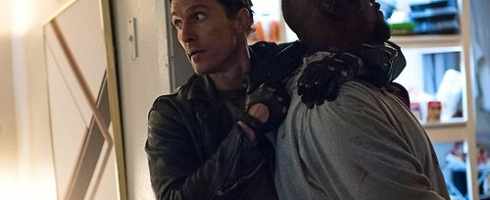
As the Detective waits next to the wall between the kitchen and the living room, the camera moves back to the living room to show how the hostages are being treated. The audience is shown a woman being mistreated and some shadows are moving across the blinds from a source outside of the house. After a few seconds of waiting, a brick flies through the front window of the home. One of the hostages starts to yell at one of the gunmen, who promptly slaps the hostage to the ground, takes out a handgun, and shoots the hostage dead. The other gunman in the room breaks one of the front windows and fires a few shotgun rounds outside, presumably towards the brick throwers.
This is when Cohle decides it’s time to get out of there. The camera quickly follows Cohle into the kitchen where a gunshot through the wall just misses the detective. He checks outside the back door to make sure everything is clear. He quickly moves back into the kitchen to grab his gang leader, the man he needs information from and the reason he’s become a part of the robbery. Rust throws him towards the back door as one of the other gunmen tries to stop him, shooting another member of the stash house household in the process.
Cohle finally gets out of the house and grabs the red-bearded leader of the group, dragging him towards the camera, in the meantime the audience can see the last of the biker gang members involved in the mission being beaten and shot by some folks from the neighborhood.
Before Cohle and his friend reach the camera, it moves up to watch a helicopter fly by and comes back down in time to watch as Cohle and Red Beard enter another house. Rust tells the house occupant to get somewhere safe, throws his main squeeze to the floor and finds a phone to call Detective Hart, presumably to direct him to the location in which Rust can be picked up.
As the detective is finishing up his urgent phone call, Red Beard tries to make his escape and runs out the front door of the house. Cohle hangs up the phone to follow, only to be attacked right outside the door. After avoiding a tackle, Rust promptly knocks out the guy and gets hit in the back with a baseball bat. He fights off the bat wielder quickly and gives the previous tackler an extra punch for good measure and quickly catches up to his bearded friend.
With his target in custody, the detective proceeds to run across a street after hiding in some bushes as a police car sped by and some foot soldiers sprinted through. As he runs across the street the camera pulls away from the two fugitives and starts to move across the opposite side of a new house to reveal presumed local gang members readying some heavy weaponry to aide in there hunt for the two people who happened to be just outside their current place of business.
The camera moves out a door on the opposite side of the house to reveal Cohle and his pal running towards the camera. They hide behind a wall as the armed hunters exit their house and start moving the opposite direction from which Cohle and company plan on moving. Once the danger passes, Cohle moves his buddy along to a fence, which they hop over. They run through a grassy area towards a street, on which a car is speeding by but the sound of brakes being applied is heard and as Cohle approaches the street the car pulls back to allow the detective and his target to enter the car. He opens the door, pushed Red Beard in…
And then there’s a cut.
(per my IMDB sources, the actual name of the character I have dubbed “Red Beard” is Ginger. But I like using Red Beard better).
![]()
The cut was legitimately the first cut in the 6-minute period from the beginning of the description. The creators left time for editing but did not end up needing it as they managed to nail it. This is one of the most complicated and expertly communicated action sequences that has ever been provided this thoroughly on a television show. Yes, there are plenty of shows that have had interesting camera work (Breaking Bad and The Shield included), but nothing like this.
True Detective has the potential to bring in a whole new era of storytelling in the long form, with actual emphasis on the form combined with it’s nontraditional anthology approach to a crime drama. In the effort to tell a story with such proficiency and attention to camera work instead of solely focusing on plot and certain tropes that need to be hit in today’s rather formulaic “anti-hero” cycle that has possibly become too preeminent in the TV world, True Detective has started a path of something completely new.
Emphasizing the art form can add a new depth to the story telling and can provide much more insight to a show’s style, without having to interrupt flow with a clunky expository scene, which is what so many shows are seemingly forced to do.
This season of True Detective is not only great in this writer’s opinion because of this form though either. The show has a few other things going for it that seem to be unique to American television. Regarding the actual events, this is a show that focuses on how the murders are affecting the detectives instead of developing into a murder mystery that tries to make the murderer and who committed the crime the focus, a trait for which many shows of this ilk tend to strive. Another unique aspect of the show is who is actually making it. Unlike most programs, True Detective has one creator and one director who are in charge of each and every episode. This allows for more consistency throughout the span of the season and it truly feels like there is one vision of the story being told.
I look forward to a new era of television in which form is just as important as plot in the storytelling effort and I hope to see True Detective become consistently great in its many iterations.
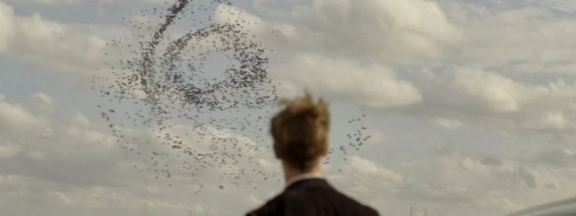
What do you think? Leave a comment.
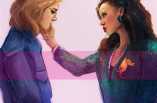
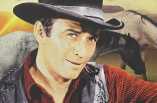
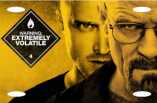
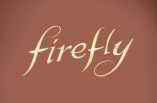
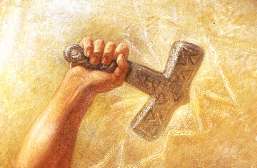
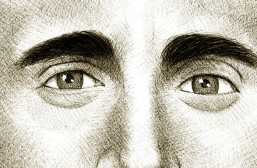
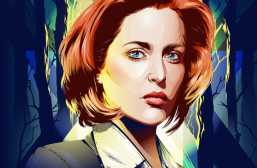
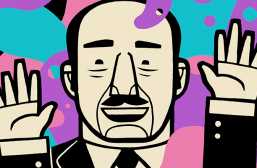
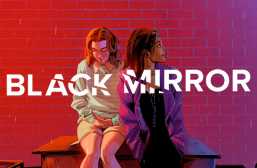

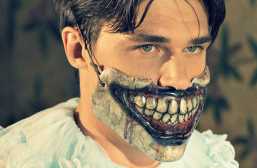
One thing is becoming clear and that is we can’t fully trust what Cohle and Hart are saying. Looking back at the past episodes is Hart and Cohles recount of each other accurate? Is Cohle as complex and lost as Hart had recounted earlier and is Hart really as controlling and impulsive in his personal life as Cohle leads him oout to be?
That’s an interesting point. They could both be embellishing the past in their own ways.
It isn’t Marty or Cohle who are the killers. It’s someone on the inside. Think about it. In the 2002 timeline, when Cohle was interrogating that meth-head, the guy told him he knows about “Cohle” and he knows “big” people and that he’s willing to exchange information so that he isn’t locked up for life. Then out of no where Cohle freaks out and starts going crazy on the guy. He comes back the next day and finds out the guy killed himself, and only after receiving a phone call from his “lawyer”, whom called him from a pay phone in the middle of nowhere. I think that whoever the killer is, sees Cohle as a threat. And the killer obviously has connections and has power. So why are the detectives investigating Cohle? And why do they want access to his storage? Maybe they know he knows too much and are wanting to get rid of the evidence he has. Maybe their just trying to set him up and frame him. Maybe Cohle knows this and that is why he was angry when the meth-head called him the Yellow King. Why did the man also commit suicide right after he received the phone call? Someone must have been in there at that moment or heard from someone on the inside that the meth-head was going to snitch so they had to eliminate him. And now their after Cohle because he’s obsessed with the case and knows too much.
We all have a light and a darkness inside of us and it’s always intriguing delving into the dark side of our psyche. We’re all drawn to it like moth’s to a flame, it’s why we love our horror movies and weird and wacky stories. The darkest of darkest events are true and twisted, and these stories make us look outside of ourselves and into the realm of the unknown.
God, I’m starting to sound like Cohle.
This is my speculation. I think the end of the show is Cohle using his gloves to view the evidence he found. I think his shack is his own way of building a case against the Yellow King who may be a cop which is why he does not want anyone tampering it. I believe his little demon is his way of profiling. He seems to be ahead of his time as a detective. Finally my number one suspect would be the groundskeeper. He goes to various areas yet he does not mention to the detectives what is inside the school that Cohle sees at the end of this episode??? He has the perfect reason to be at many areas which allow him to stay mobile and he seems the type large enough to carry a body around.
F-ing love Rust Cohle. The writing and performance in this show is so brilliant and original. Just watch this show take all the Emmys this year. Or next year or whatever.
Ok. I have put it out there in my opinion that Maggie and her family is involved. Hart married into the wrong family. The picture on the wall that matches Dora’s circle on her back. . I just watched episode 5 again. The two daughters are arguing and the older ” Audrey ” threw the crown up into the tree you can see the circle that was on Doras back when you look at the crown she threw into the limb. But it is backwards.
Don’t get me wrong, I’m fan of the show but this episode for me wasn’t the best like everybody said, the shot scene, I wasn’t impress, for me the Children of men: Car Scene was much more better.
Yes we’ve seen plenty of long tracking shots used in film but this is more about how the show is affecting television. There is a clear emphasis on filmmaking in True Detective unlike anything I’ve seen before… on television.
The passage of time symbolized by the crown in the tree is worthy of mention. This show continues to hit all the right notes and reward careful viewing. I bet we will realize that even more when the season concludes.
Just watched the 5th episode again because there were some things that missed. I’m certain until shown otherwise that the two black dt’s are trying to pin something on Rust. This is why I believed Rust gets defensive at the end of the episode. It is also obvious that Rust did not find what he was looking for in 2002. I only think this because he is looked at as a suspect in 2012 for what I don’t know. The only thing I do not u understand is who are these two black dt’s. I mean like are they just investigating a murder or are they investigating Rust and Marty? I watched this episode again and picked up on some stuff like the guy who killed himself in jail the date on the video was 4/1 which is April fools but I’m more confused because I do not know what the two black dt’s motives are.
Haven’t seen every episode yet (sue me), but from what I’ve seen, I’m curious as to how these detectives think a guy who just gave a lecture on metaphysics could be behind Satanic murders.
I’m wondering how different the narration is going to be with Rust effectively being done with the interview. I bet we’ll see some cool shifts in narration as the timeline comes full “circle”.
Man these last two episodes are some of the best TV I’ve ever seen. It’s up there with some episodes of The Wire, Sopranos, and Breaking Bad. I watched The Secret Fate of All Life twice last night and two more times with my girl after I got back from work today. CAN’T WAIT for next week.
Very interesting article. As a fan of the show I can’t seem to get enough information about it.
The show is fantastic but it makes me sad that it will only be 8 episodes. Imagine if the show could hold on to to these great actors and span multiple seasons! Oh well.
That was an extraordinary piece of television choreography and I’m happy to see it recognised here. If it’s not stating the obvious I’d like to draw the attention of anyone who appreciated this sequence to at least the first 3m30s of A Touch of Evil (1958).
To me, your fundamental thesis—which is summarized well by the title—lacks a grounding in reality. A singular moment changing a television series for the better in the dramatic way that you claim is incredibly implausible on its face; if it truly was the great moment that you claim, there likely was a build up over at least one season with this moment being the moment where everything culminated fully. A singular moment like this does not impact a series in such a sudden, dramatic way unless the impact is negative.